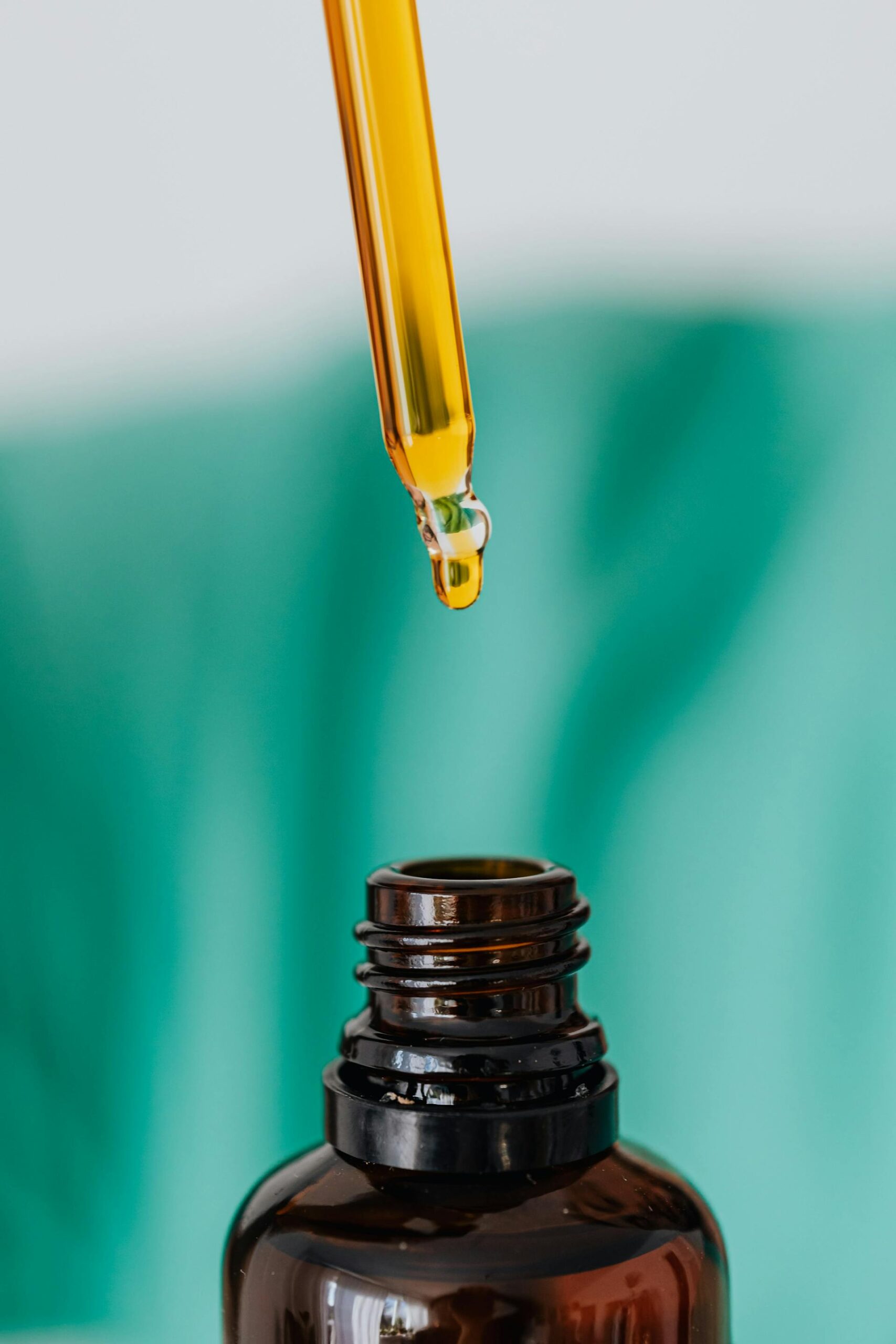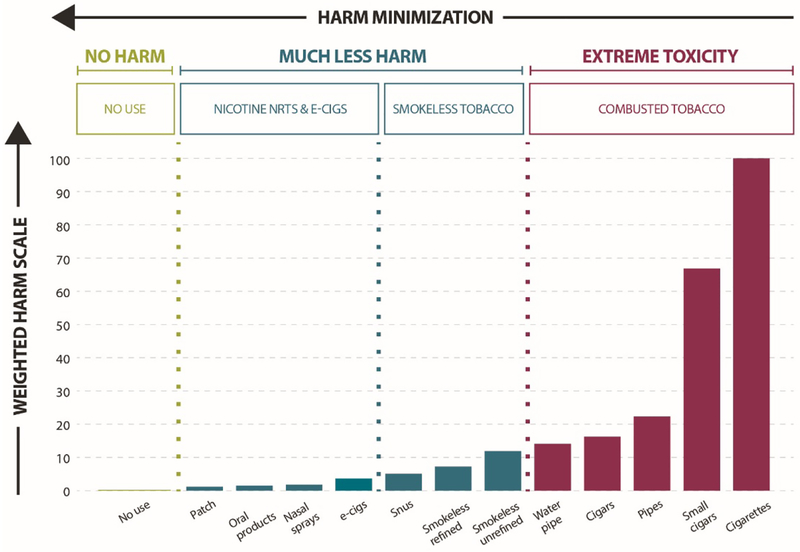Tobacco Harm Reduction (THR)

Introduction
Inhalation of the toxic smoke produced by combusting tobacco products, primarily cigarettes, is the overwhelming cause of tobacco-related disease and death globally. The availability of combustible cigarettes for the last century has created a tobacco pandemic.
In getting the nicotine the smokers seek, they are exposed to enormous harm due to inhalation of tobacco combustion products, including cardiovascular disease, cancer, and pulmonary diseases.[1] For most smokers, there is little evidence that nicotine itself causes any of these classes of disease when decoupled from smoke.[2]

Where Are We?
The knowledge of the harmful effects of smoking is well known, and many countries are experiencing a decrease in smoking prevalence. However, and despite comprehensive tobacco control measures, the decline is very slow, and due to population growth, the World Health Organization expects there to be more smokers tomorrow than there are today.
Even though gender differences in smoking prevalence vary depending on the population studied, it is usually men who smoke. This is particularly evident in Kenya. In 2020, the prevalence of tobacco smoking was roughly 17 percent among men. On the other hand, only 0.9 percent of the female population aged 15 years and older smoked tobacco.[3] But the relative high smoking rate among men in Kenya could be reversed if nicotine is decoupled from the lethal inhaled smoke.

What To Do...
Nicotine pouches (NP) by SSPC is a Swedish innovation and commonly used and regulated in Sweden as well as in other Scandinavian countries and in the US. NP is a consumer product for oral use without tobacco and is primarily aimed at existing adult smokers but also aimed at other users of tobacco /nicotine products involving inhalation of combustibles.
NP is placed between the upper lip and gum and comes in a variety of nicotine contents and flavors, both of which play an important role in helping smokers switch to these significantly less harmful nicotine products. The nicotine in NP has been extracted from the tobacco plant – no trace elements of tobacco remain (like e.g., Nicotine Replacement Therapy products).

Studies Show...
Statistics and public health data show that rates of smoking prevalence and smoking-related diseases are significantly lower in Sweden than across the rest of the European Union.[4] In fact, Sweden has achieved one of the lowest smoking rates in the western world; one very close from achieving “smoke-free” status—which is defined by the World Health Organization a smoking prevalence rate below five percent. [5]
The most important explanation for this remarkable achievement is the availability of consumer-oriented alternatives that do not involve inhalation of combustibles. A investigate commission estimates that 355,000 smoking-attributable deaths among men over 30 could have been avoided per year if the other EU countries had matched Sweden’s tobacco-related mortality rate.[6]

Tobacco Harm Reduction
Advances in science, technology, and regulation have enabled society to reduce the adverse effects of continuing with potentially harmful behavior. This is known as harm reduction. Harm reduction is not equivalent to or better than stopping the original behavior, as it does not completely eliminate risk of harm, but it is significantly better than continuing the original behavior.
The US Federal Drug Administration (FDA) has described harm reduction in the field of tobacco as follows: “Envisioning a world where cigarettes would no longer create or sustain addiction, and where adults who still need or want nicotine could get it from alternative and less harmful sources, needs to be the cornerstone of our efforts – and we believe it’s vital that we pursue this common ground.”[7]

Figure A[8]
The tobacco-related harm to individuals is primarily caused by the inhalation of combustibles, which is significantly reduced if nicotine is administered in a non-combustible way. NP is one of the purest forms of nicotine use and can be largely compared to the risks found in nicotine replacement products (NRT).
Although NP contains nicotine which causes dependency, nicotine has not been scientifically established to cause cancer, nor is it classified as a carcinogen by International Agency Research on Cancer (IARC/WHO).
For smokers to choose an alternative to smoking and individual as well as population harm reduction to materialize, the alternative must be better in all aspects than cigarettes, which among other things, includes a palatable taste and the absence of discouraging misinformation.
Depriving smokers of significantly harm reducing alternatives by either misinformation, non-risk-proportionate regulations or even complete bans only monopolizes and protects the most harmful way of consuming nicotine, smoking combustibles.
[1] The Health Consequences of Smoking—50 Years of Progress – NCBI Bookshelf (nih.gov)
[2] ReThinking-Nicotine_0.pdf (truthinitiative.org)
[3] Kenya: tobacco smoking rate by gender 2020 | Statista
[4] Harm reduction in nicotine addiction: helping people who can’t quit – RCP London
[6] Snuskommissionen_rapport3_eng_PRINT.pdf (snusforumet.se)
[7] FDA Announcement July 28, 2017
